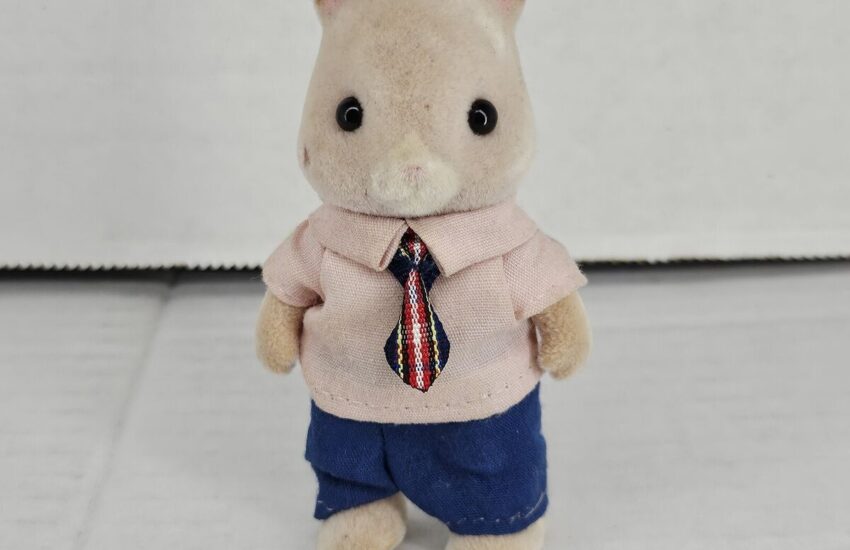Best Hamster for Family Engagement
Hamsters are one of the most popular pets around the world, particularly among families looking for a furry friend that is small, cute, and relatively low maintenance. In this article, we will explore the best types of hamsters for family engagement, which hamsters are most suitable for children, and tips for proper care and interaction. Understanding the best hamsters for family engagement can enhance the bonding experience, making it both enjoyable and educational for all family members.
Did you know? According to a survey, over 24% of families in the U.S. own a hamster as a pet! This number continues to rise as more families discover the joys of having a small companion pet.
Before we dive into the specifics, families must understand the basic needs and characteristics of hamsters. Hamsters can be entertaining, affectionate, and interactive, making them great companions for both kids and adults alike. Here’s what you’ll learn in this article:
- Different types of hamsters and their characteristics
- How to engage your hamster with your family
- Essential care tips for your new pet
- Best practices for safe interactions between children and hamsters
Let’s start exploring the wonderful world of hamsters!
Understanding Different Types of Hamsters
There are several breeds of hamsters that families can consider bringing into their homes. Each breed has its unique personality and requirements, making some more suitable for family engagement than others. Below, we’ll cover the most popular hamster breeds.
Syrian Hamster
The Syrian hamster, also known as the golden hamster, is one of the most well-known and popular hamster types. They are generally larger than other hamsters, which makes them easier for children to handle. They are also known for their friendly demeanor and tend to be more social with their families compared to other breeds.
- Size: 5 to 7 inches
- Life Span: 2 to 3 years
- Temperament: Friendly, curious, and adventurous
Dwarf Hamsters
Dwarf hamsters, including Campbell’s dwarf hamster, Roborovski hamster, and Winter White hamster, are smaller in size and have unique personalities. While they might be a bit quicker and more energetic, they can be incredibly engaging if handled with care.
- Size: 2 to 4 inches
- Life Span: 1.5 to 3 years
- Temperament: Playful, active, and inquisitive
Pros and Cons of Each Breed
Choosing the right type of hamster involves understanding their traits. Here are some pros and cons for the most common breeds:
Syrian Hamster
Pros: Larger size, easier to handle; Cons: Requires more space and prefers solitude.
Dwarf Hamsters
Pros: Smaller and more active; Cons: Can be more challenging to catch and handle.
Tips for Engaging with Your Hamster
Engaging with your hamster is essential for developing a strong bond between the pet and family. Here are some fun and effective ways to engage with your hamster:
Interactive Playtime
Set aside some time daily for interaction. Use tunnels, toys, and exercise balls to give your hamster an enriching environment. Hamsters are naturally curious, and providing them with activities will keep them stimulated and engaged.
Hand-Feeding Treats
Handfeeding treats encourages trust and interaction. Use small pieces of fruits, vegetables, or store-bought hamster treats to create a routine of engagement. Always ensure the treats offered are safe for your furry friend.
Creating a Comfortable Habitat
A well-designed habitat can significantly enhance a hamster’s quality of life. Include tunnels, bedding for burrowing, and hiding places. A comfortable hamster is more likely to engage with your family.
Care Tips for Family Hamsters
To ensure your hamster thrives and stays engaged with your family, proper care is essential. Here are some care tips to follow:
Basic Diet
Hamsters require a balanced diet primarily consisting of high-quality pellets, fresh fruits, and vegetables. It’s essential to research which foods are safe and suitable for your pet. Always provide clean water and avoid sugary snacks.
Regular Cage Maintenance
Maintaining a clean cage ensures a healthy environment for your hamster. Clean the habitat weekly and refresh the bedding as needed. This not only keeps your pet healthy but also encourages them to be more active.
Consulting a Veterinarian
Regular check-ups with a vet ensure that your hamster remains in good health. Be vigilant about any signs of illness and consult a professional promptly.
Safe Interaction Between Kids and Hamsters
It’s crucial to educate children on how to interact safely with hamsters. Here are some guidelines:
Supervised Handling
Always supervise young children when they handle hamsters. Teach them gentle handling techniques and to support the hamster properly.
Respect for the Hamster’s Space
Encourage children to respect the hamster’s comfort zone. If a hamster shows signs of stress (e.g., hiding, biting), it’s vital to give them space.
Routine Interaction
Incorporate routine interactions into the family schedule. This can foster a sense of responsibility and create lasting bonds among family members.
Conclusion
Choosing the best hamster for family engagement involves understanding the different types of hamsters and their characteristics, how to engage them, and the essential care they need. Syrian hamsters tend to be the most popular option for families due to their size and friendlier temperament. However, dwarf hamsters can also be wonderful companions with adequate care and engagement.
By following the proper engagement techniques outlined in this article, including interactive play, hand-feeding, habitat creation, and maintaining safety in interactions, families can create a joyful and educational experience with their pet hamsters.
If you’re interested in learning more about caring for your hamster, be sure to check out this article and this resource for helpful tips!

With dedication and love, your family is sure to enjoy countless moments of joy and learning with your new furry friend!
